Portugal
Portugal is not only an amazing golf destination, it offers so much more...
Troia
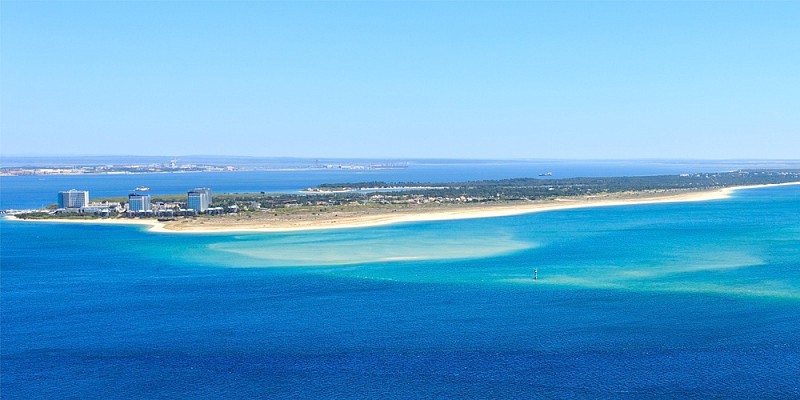
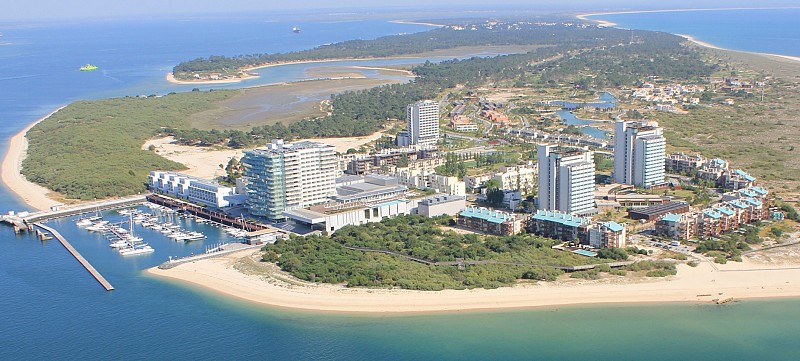
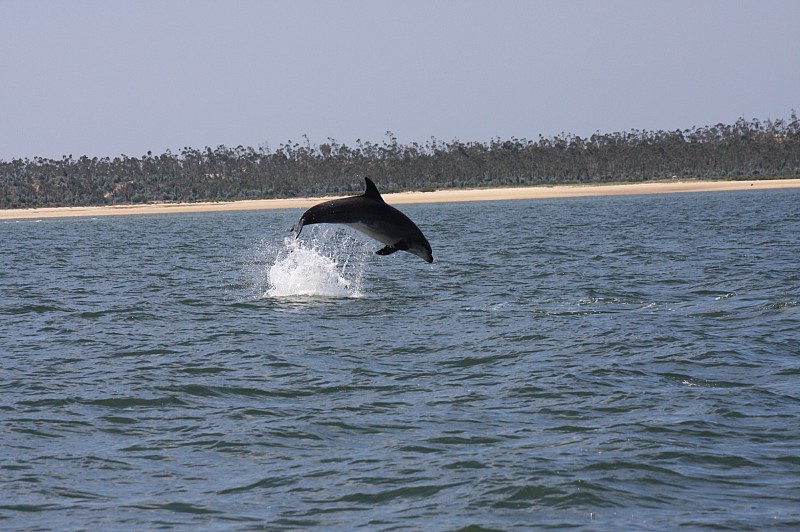
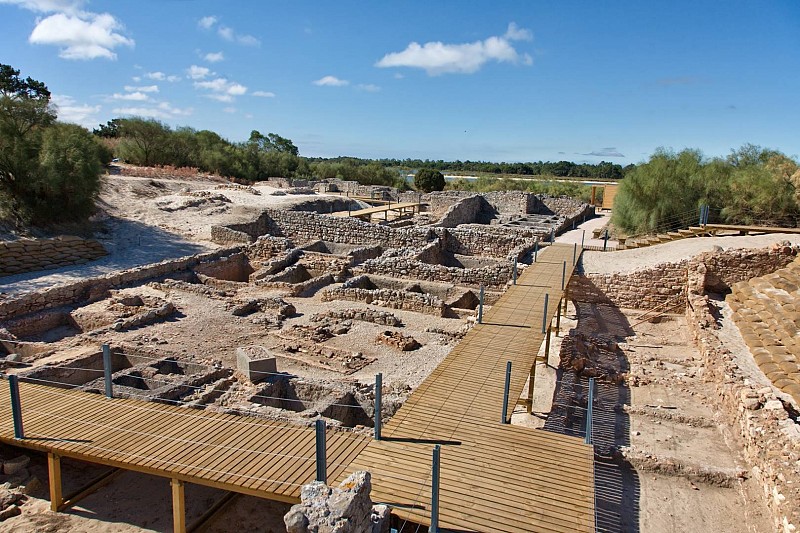
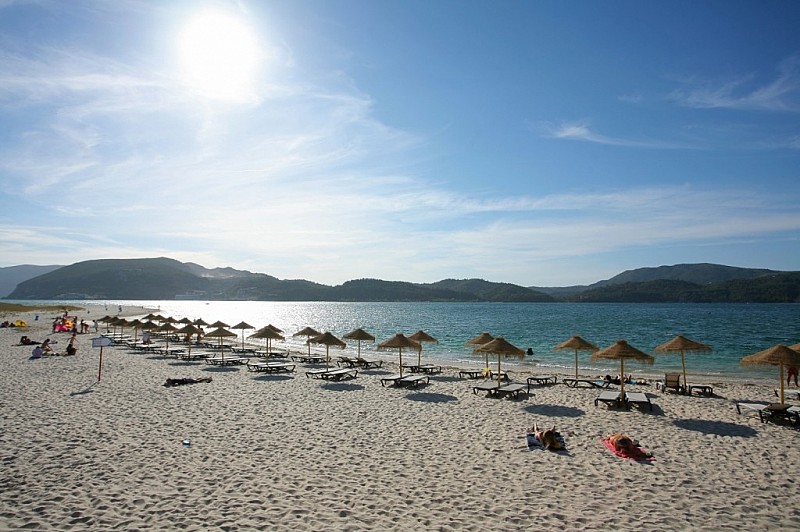
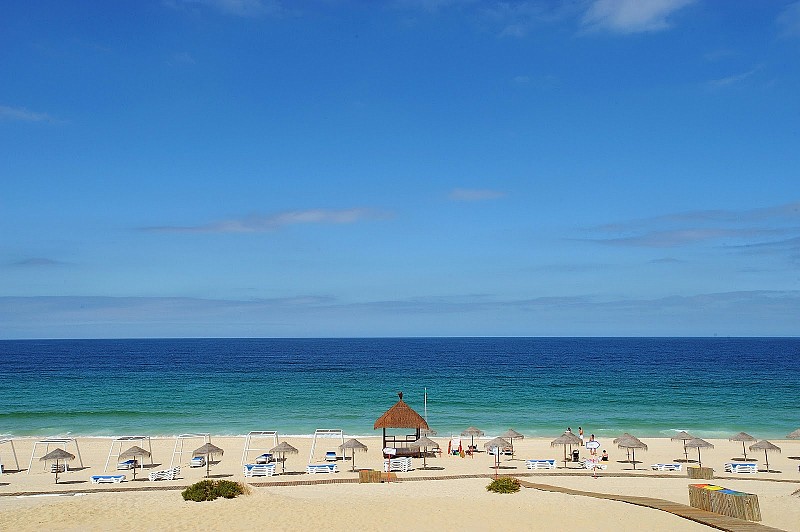
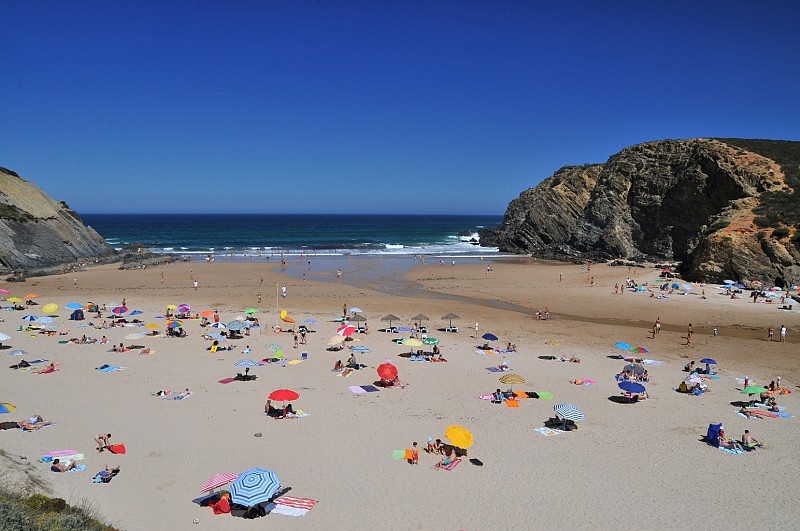
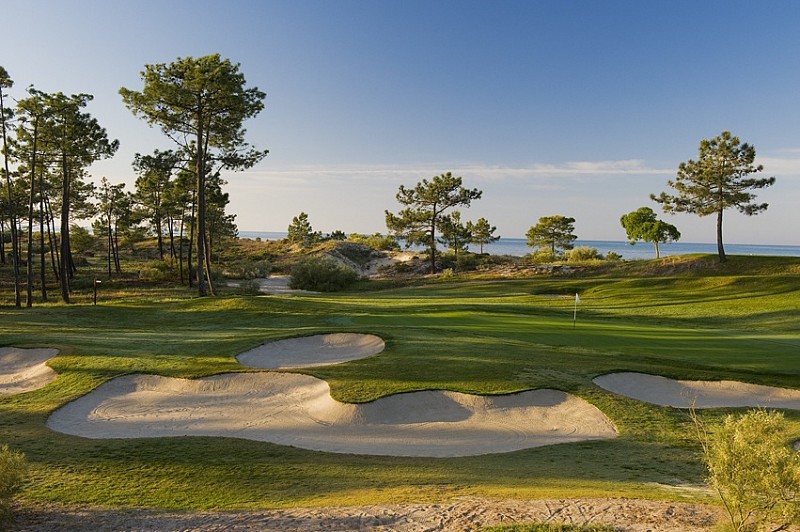
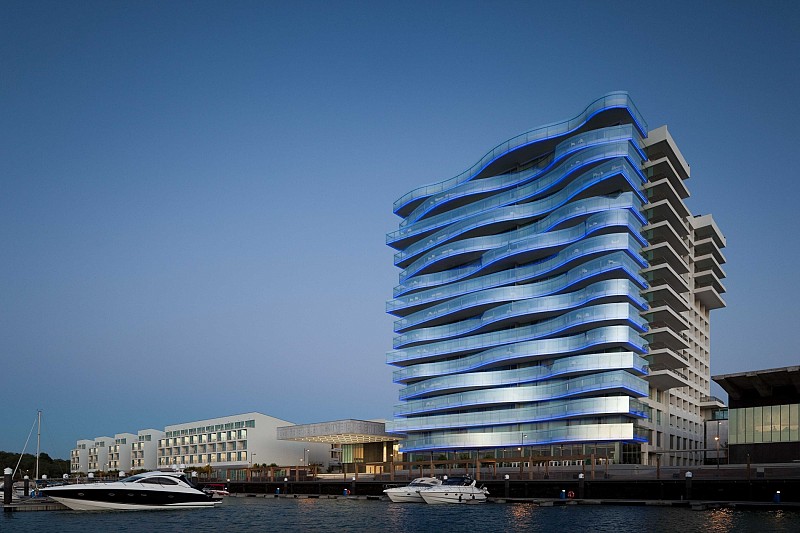
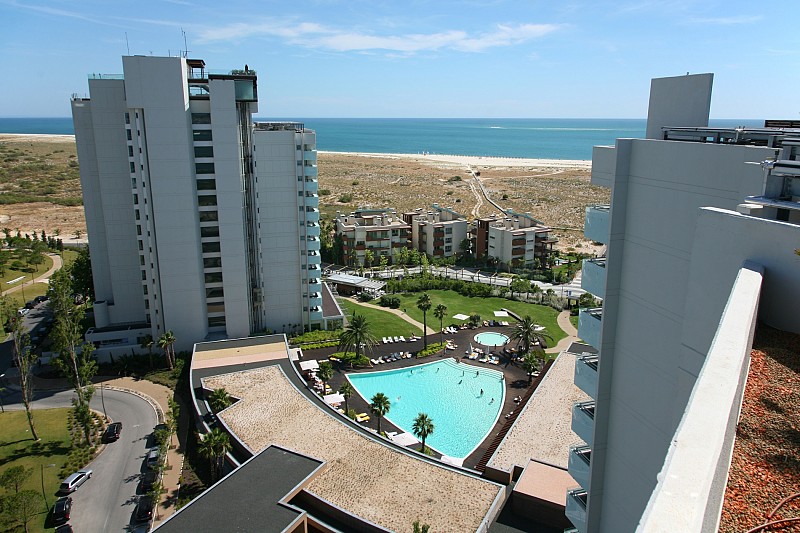
Located less than a 1-hour drive from Lisbon, Portugal, the Troia Peninsula is a sandbank that is more than 25 km long, between the Atlantic Ocean and the Sado Estuary. On this bank you can find one of the most extensive beaches in Portugal.
Historical Monuments
Signs of human habitation in Troia date back many centuries. The Roman Ruins are amongst the most important archaeological remains, dating from the 1st Century.
Since that time, fishing has had an important role in the local economy.
- Roman Ruins - Dating from the 1st Century, they were the biggest complex for the production of conserves and fish sauce in the Western Roman Empire.
Beaches
Following the sandbank towards south, you will find breathtaking beaches, where you can find several restaurants that specialise in fresh fish and seafood.
- Comporta Beach
Located on the southern tip of the Tróia Peninsula, the huge sandy extent of Comporta Beach is a regular summer favourite. Forming part of the Sado Estuary Nature Reserve, Comporta Beach has been well preserved with the original dune vegetation surviving along with the adjoining pine forest.
- Carvalhal Beach
Part of the Sudoeste Alentejano e Costa Vicentina Natural Park, and an equally well preserved natural environment, this broad Beach is not particularly long, ending in steep cliffs. Its regularly strong waves have attracted a following amongst surfers.
- Pego Beach
With its gentle sea, spacious sands and white dunes, the Pego Beach is a picture of tranquillity. A southwards running continuation of Carvalhal Beach, Pego Beach may be reached via the same road but has its own services and restaurant.
What to do in Troia
Troia is a fantastic location to a relaxed holiday while enjoying the surrounding nature but is also perfect to:
- Golf - Located just 5 min. driving distance from Troia Golf Resort, the Troia Golf course lies on a long flat and sandy stretch of land across the Sado Estuary. In this scenic location, golfers will enjoy one of the most fascinating and challenging golf courses in Portugal. In 2018, Troia Golf was rated as the 17th top golf course in Continental Europe and listed under the 2017 "Top 100 Golf Resorts" in Continental Europe, by The Golf World Magazine.
- Boat Trips - Observation of the resident bottlenose dolphin community of the Sado estuary and different species of birds of the Sado estuary.
- Troia Marina with Restaurants & Bars - Nautical Sports available
- Troia Casino - Live music & Shows
- Horse Riding in Comporta
How to get to Troia
From Lisbon Airport, drive to Setubal city and then take:
- Ferry boat (vehicles and passengers transport) within 3.3 km
- Catamaran boat (passenger exclusive) within 2.7 km
Closest Accomodation
- Troia Golf Resort - Aqualuz Suite Hotel 4* & Troia Design Hotel 5*


